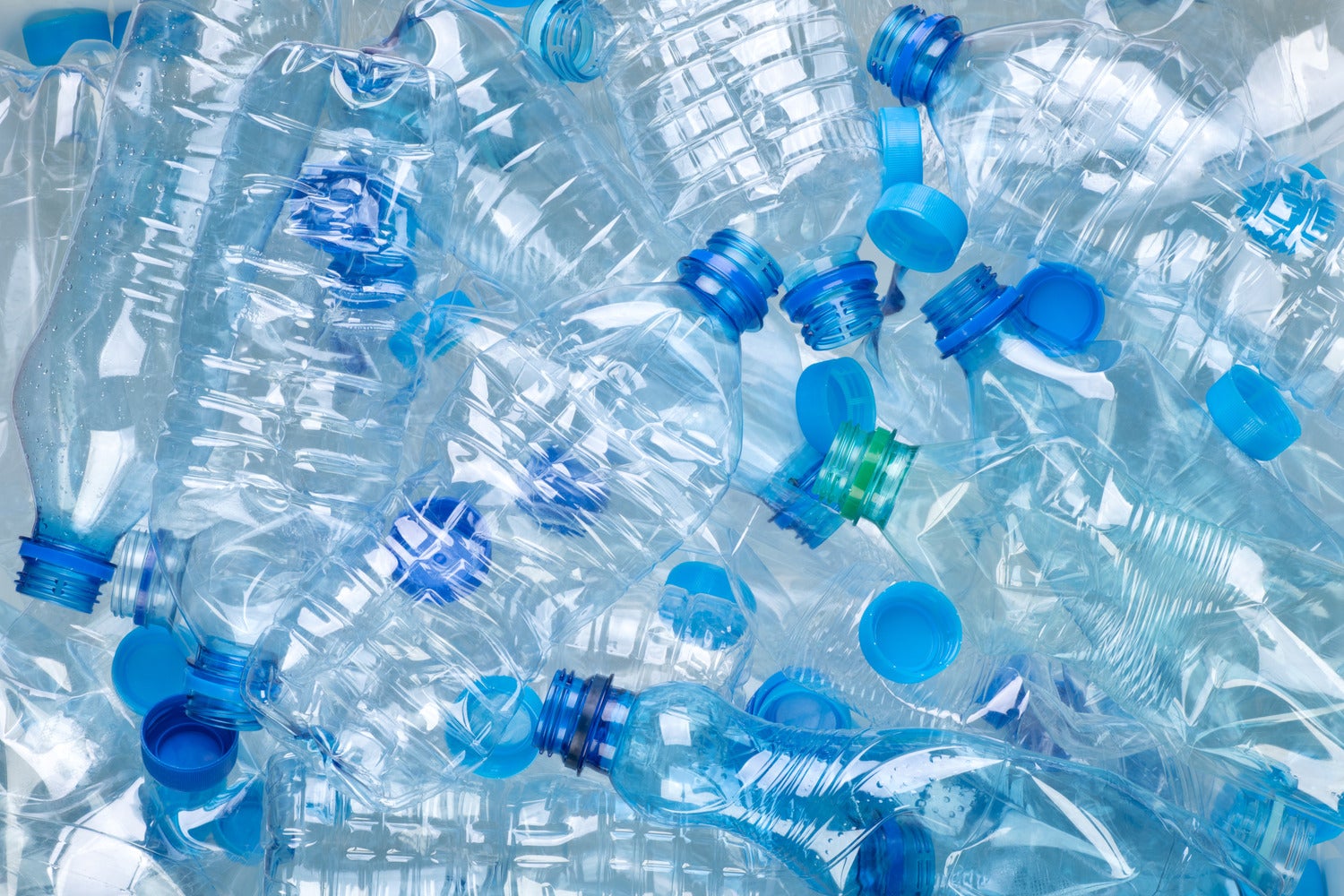Hey team, and welcome back to one5c! Part of me wants to promise not spend the entire summer finding clever new ways to say “dang, it’s hot out.” Is there anything more mundane than a person who can only seem to talk about the weather? But, y’all, the weather is anything but mundane right now, and we need to keep talking about why that’s the case.
Making and talking about the connections between human-caused climate change and the things we encounter every day—be that weather or rising food costs—is a vital piece of being a climate-active individual. It’s not about dwelling on what’s wrong, but rather understanding the stakes of making it right.—Corinne
WHAT WE’RE INTO THIS WEEK
By Sara Kiley Watson and Corinne Iozzio

Greenwatch
Is ‘Plastic Free July’ worth the fuss?
Launched in 2011, Plastic Free July is an initiative to get folks to, you guessed it, use as little single-use plastic as possible. While we can all stand to skip the straws and tote reusable coffee cups, experts warn that movements like it shift too much focus to individuals, won’t make much of a dent in our outsized plastic problem, and do little to push governments for stricter regulation or corporations for greater accountability and reduced production. The businesses that trade in plastic admit there’s a problem, but they favor actions that center self-preservation like mandatory recycling minimums, Joseph Winters reports in a recent Grist deep dive into the petrochemical industry’s proposed slate of solutions. While such policies could make a dent in waste, they do little to address, for example, carbon emissions and manufacturing pollution.
Weather report
A climate change–powered Beryl hits Texas
Just this morning, Hurricane Beryl made landfall as a Category 1 hurricane on Texas’s coast with winds of 80 miles per hour. While experts say the tempest should cool down to tropical storm levels before it moves further inland, it’s important to know that climate change had a hand in making Beryl such a menace. Normally, a storm as powerful as Beryl only occurs later in the summer after the seas have had time to soak up the summer sun. But especially high ocean temperatures in the Caribbean acted as a “critical fuel source” for the deadly storm, Andra Garner, an assistant professor at Rowan University, told the BBC. Extra heat means more vapor and energy—and stronger winds, heavier rainfall, and more flooding once storms hit land.
Cause for optimism
A proposal for protecting workers from extreme heat
According to the Department of Labor’s Occupational Safety and Health Administration, some 36 million workers in the U.S. are at risk of heat-related injuries, illness, and even death. Yet until now there have been no nationwide standards for protecting people on the job from dangerous temperatures. Last week, the Biden administration proposed a new rule that, if finalized, would require employers to implement heat illness and emergency response plans and jobsite standards that include access to water, shade, and rest. OSHA is encouraging the public to leave comments for review once the rule is published in the Federal Register, and a public hearing is expected before anything becomes official.
Consume this
Tushy tissue that’s better than bamboo
After we posted our guide to the greenwashing minefield that is bamboo, a few of you wrote in to ask about its use as toilet paper, tissues, and paper towels. White it is true that bamboo is gentler on the planet than wood in a host of ways, paper products made from panda food overlook a source that’s better than any virgin stock. That’s recycled material. Of all the stuff entering the recycling stream, we’re really good at giving paper a second life. Around 68% of it finds a second life, and tissue is a common use case. The Natural Resources Defense Council weighs the source of the paper pulp heavily in its rankings of tissue products, with grades dropping immediately from B to D as soon as fresh material enters the equation. As for that loo bamboo? It might not exactly be wood-free.
MIC-DROP CLIMATE STAT
12 months
The amount of (consecutive) time the world’s been cooking at temperatures 1.5 degrees above pre-industrial levels, according to Copernicus Climate Change Service.
What’s that?
What candidates are talking about when they say ‘energy independence‘
By Shreya Agrawal

There are a lot of reasons we need to be talking about energy security—namely how the term gets bandied about during election cycles. In the first presidential debate, in particular, Donald Trump made a random and offhanded comment about how the U.S. was “energy independent” during the Jan. 6 insurrection (spoiler: This is blatantly false).
Energy independence is sometimes used interchangeably with the term energy security, though the concepts are distinct. Here’s why we’ve got our eyes glued on both as the presidential race heats up.
Energy independence vs. energy security
Energy security refers to having enough energy to meet demand and infrastructure that can withstand both physical and cyber threats. In parts of the country where the grid is decades old and built with creaky wooden poles, for example, citizens’ energy security is vulnerable because of wildfires, blizzards, and floods. Energy independence, on the other hand, is when a nation does not need to import energy to meet demand. Analysts point out that it’s not an idea that carries any real economic weight and is little more than a political slogan.
How fossil fuel interests wield the terms
For some politicians and lobbyists, energy security is code for ramping up U.S. fossil fuel production. But the thing is, the U.S. has been exporting more fossil fuels than it’s been importing for a while now. Plus fossil fuels are not a long-term solution to achieve either energy security or “independence.” As finite natural resources deplete, conflicts ensue, such as those unfolding in Ukraine and the Middle East, which leads to an increase in oil and gas prices. This then leads to even more conflict, a nasty feedback.
How renewables can create energy security
There are several ways to make energy more secure, including diversifying sources, making existing avenues more efficient, and expanding battery storage. Right now, renewables represent only a fraction of the U.S. energy mix, generating about 21% of our electricity. But findings from the National Renewable Energy Laboratory show it is possible to get to a clean grid in just 10 years. These sources are cheaper than fossil fuels, and despite the issues associated with mining for raw materials, have a substantially lower environmental impact than sucking oil and gas out of the ground.
